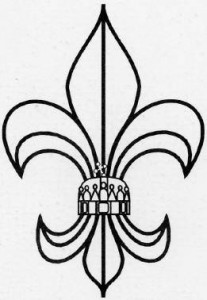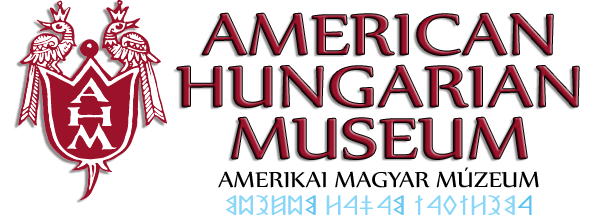Hungarian Scouting In Exteris

Hungarian Scouting was founded in 1910. The Hungarian Scout Association’s work was very successful until 1948, when the com mu nists abolished the organization in Hungary. After World War II, Hungarian Scouting started operating in the Disp laced Persons (DP) camps in Germany and Austria as the Paul Teleki Scout Association. In 1948 the organization was renamed Hungarian Scout Association. Hungarians in the West kept the prohibited youth movement alive and active.
In the early fifties, the DPs, refugees from the Second World War and the Communist regimes of Central and Eastern Europe, started emigrating to various overseas countries. In 1950, the first troops were founded in Rio de Janeiro and Caracas. After Brazil and Vene zuela, troops were founded in the United States, Cana da, Aus tralia and other countries. The organization grew from about 1000 members in the early 50’s to over 6000 mem bers in the late seven ties. Today 4500 Hungarian scouts are active in 70 troops in West ern Europe, South America, North America and Australia.
There are Boy Scout and Girl Guide troops in most cities with substantial Hungarian populations. They are closely affiliat ed with Hungarian Weekend Schools. The Association maintains an excellent leader-training program for patrol leaders, assistant scoutmasters and scoutmasters for girl guides, boy scouts and cub scouts. The Gilwell method is used for the training of assis tant scoutmasters. At all levels there is a competency test prior to acceptance and the leader candidates have to complete pre-camp assignments which are equiv alent to a detailed term paper at the appropriate age.
The work of the Hungarian scouts is based on their obli ga tion to God, their adopted countries, their fellowmen and the Hungarian Nation.
In 1989, after the fall of the iron curtain Hungarian Scout ing was again legalized in Hungary. The Association’s original seal was returned to the newly formed Hungarian Scout Associa tion in the homeland and the organization in the “West” be came the “Hungar ian Scout Association in Exteris”.
The Hungarian Scout Association in Exteris has close ties with the Hungarian Scout Associations in Hungary, Slovakia (Fel vidék), Subcarpathian-Ukraine (Kárpátalja), Rumania (Erdély), Yugoslavia (Vajdaság) and Croatia (Délvidék). The men tioned cou ntries were part of Hungary until 1920, and have signif i cant Hungarian minorities, and they all have reestab lished the Scout movement. Since the advent of democra cy (1988) the Associa tion in Exteris trained almost 500 scoutmas ters and assis tant scoutmasters for these brother associations. Over $350,000 was invested in run ning the training camps in the USA, Austria and several countries in the Carpathian Basin, providing electron ic equipment, and funds to purchase land and equipment for scout leader training camps in the countries with active Hungari an Scout Troops.
